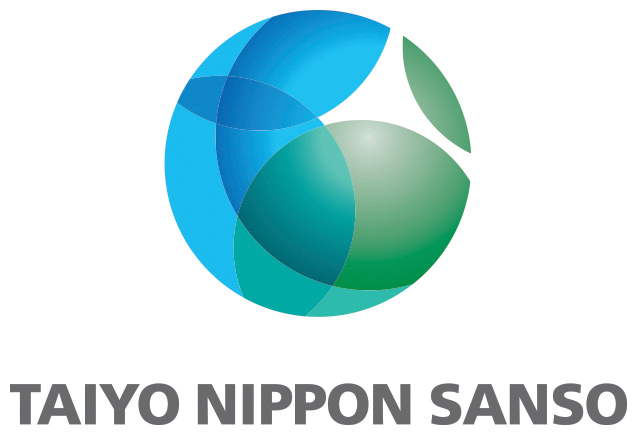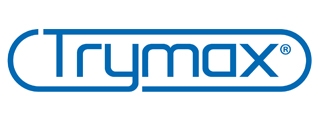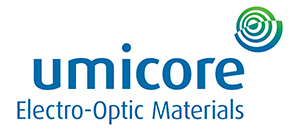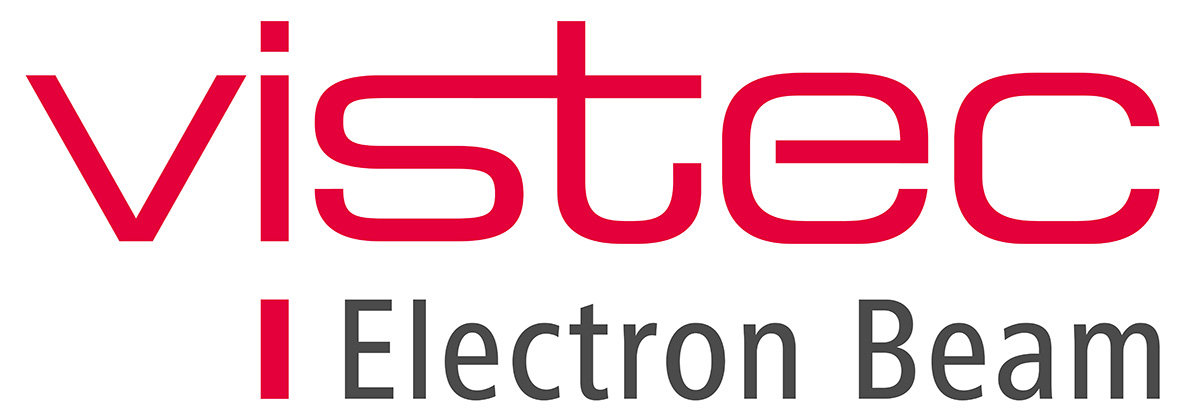Trimming grid losses with SiC
Equipping the grid with SiC-based solid-state transformers will lead to more efficient delivery of better-regulated power
![]()
BY DANIEL FERNàNDEZ HEVIA FROM INAEL ELECTRICAL SYSTEMS AND JOSà‰ MILLàN FROM IMB-CNM-CSIC
Wherever you live, you will tap into an electrical grid that is far from perfect. Its weaknesses− which have been known for a long time but are yet to be addressed − include differences between the energy that is available and that supplied; a voltage profile that is far from constant; and a substantial reliance on relatively dirty, low-efficiency power plants for satisfying energy demand at peak periods.
Governments around the globe are aware of these shortcomings. For example, to try and improve the electrical infrastructure within Europe, the European Commission has introduced a directive to substantially improve the efficiency of conventional transformers in all European countries.
Success is expected to result from the replacement of a passive element, the conventional transformer, with an active element that interacts with the grid.The active element will be based on power electronics, which can sit right at the heart of the electric energy cycle, transforming voltages from one form to another and addressing many of the weaknesses outlined above.
Conventional power electronics features circuits made with silicon components. However, that is not ideal, because diodes and transistors made from this material are limited in terms of blocking capability, operating temperature and switching frequency.
A better material in all these regards is SiC − and that's why our multi-disciplinary team has adopted it to develop a whole new generation of cost-efficient, commercially viable high-voltage devices that are specifically intended for deployment in power generation, transmission and distribution. Working together in a project entitled SPEED - Silicon Carbide Power Electronics technology for Energy-efficient Devices "“ our 17 partners from nine countries are backed by €20 million of funding from the European Union, and are aiming to construct an efficient converter for wind turbines and a new SiC-based solid state transformer for the distribution grid (typically a 24 kV/400 V, 400 kW unit). As a collateral benefit, there are a large number of other fields that will benefit from the technologies to be developed: defense, aerospace, and transportation are the most obvious candidates.
![]()
![]()
![]()
![]()
![]()
SiC components and monolithically integrated circuits would offer a whole new range of possibilities in many applications. From a cost perspective, reductions would mainly arise from a substantial trimming of the size and weight of ancillary components, such as coils and cooling systems. Deployed in aircraft, SiC power electronics would minimise active column, double power densities and increase system stability. On military vessels, the introduction of this wide bandgap semiconductor could slash the weight of the radar power system by 75 percent, equating to trimming 80 tonnes, thanks to the use of high frequency utility transformers. For wind generation, SiC promises $18 billion per year of fuel cost saving, and this class of device could also improve the efficiency that energy from solar panels is converted into that suitable for the grid. In jeeps, turning to SiC can minimise active cooling, and in electric and hybrid electric vehicles, it can double the inverter power density.
Why not GaN?
Another recent candidate for this new generation of semiconductors is GaN. Many of the strengths of SiC, such as its high-voltage blocking capability, high-temperature operation and high switching frequencies, are also found in this other wide bandgap material. But thick epilayers, such as those greater than 10 mm, are currently very difficult to produce, limiting the voltage withstand capability of the device; note, for example, that a 10 kV SiC MOSFET has an epilayer of 100 mm or even more. To scale this device voltage, it is critical to be able to grow thick, high-quality SiC that is free from imperfections such also micropipes or basal plane defects.
High-quality epilayers are possible in SiC, but not so easy in GaN, a material with a bright future in 600 V devices to be used in electric vehicles and hybrid electric vehicles, both in the inverters and chargers. Meanwhile, SiC seems to be far better positioned to win the battle of the higher voltages, starting in the range 1700-3300 V for inverters in wind turbines or solar panel, and going all the way up to 10 kV+ devices to be deployed in the smart electricity transmission and distribution grid.
Besides the high-voltage withstand properties, we have selected SiC for our efforts due to the far greater commercial availability of native substrates and the maturity of the technological processes associated with this material. SiC diodes have now been on the market for more than a decade, being joined more recently with a variety of transistors, such as JFETs and MOSFETs. Advances in device yield and the performance of SiC devices have been underpinned by improvements to the substrate. Now on the market are SiC substrates with a diameter of 100 mm, and 150 mm equivalents will soon follow. The quality of these foundations for SiC growth are getting better and better, with the density of micro pipes "“ a type of defect that can kill devices "“ plummeting to just 0.75 cm-2 for a 75 mm wafer. However, that's not to say that more cannot be done: Basal plane dislocations are still under investigation for causing poor reliability in bipolar devices.
It is worth noting, however, that even when SiC substrates have imperfections, it is still possible to produce some very impressive devices. Several research teams from around the world have demonstrated diodes with very high blocking voltages, such as 19 kV, due to a sufficiently long minority carrier lifetime in thick epilayers that allow conductivity modulation. Several members of our team are active in this area and will try to develop cost-efficient, highly reliable processes for producing high-quality, thick epilayers that are suitable for high-voltage devices.
Building better diodes"¦
The building blocks for power electronics are diodes, which control the flow of current, and transistors, which can turn it on and off. Since both devices are being manufactured today, it would be foolish of us not to evaluate what is already commercially available before building own devices.
For diodes, sales are tipped to rise, as they first replace silicon bipolar rectifiers covering the 600-6500 V range, and then power switches operating above 1.2 kV.
The most established form of this diode is the Schottky barrier diode, which has been commercially available since 2001 and is renowned for its extremely high switching speed and low on-state losses. Since it launch, the range of current ratings and blocking voltages has increased, and it is now possible to purchase SiC devices that operate up to 1.7 kV, or are capable of handling 20 A and blocking 600 V. This expanded portfolio of devices will allow their deployment to diversify from the likes of power factor correction and high-voltage secondary side rectification to incorporation in medium power motor drive modules.
Even higher voltages are expected for the SiC Schottky barrier diode, which should be capable of blocking voltages up to 3.5 kV. In fact, there are already reports of large-area 3.3 kV Schottky barrier diodes capable of operating at high temperatures and delivering forward currents of 10-20 A.
Although it is possible to produce a similar blocking voltage with silicon, the drift layer thickness must be ten times higher, and device performance is impaired by a reverse recovery charge that is not present in the SiC diode. These attributes of the SiC Schottky barrier diode ensure that it is a great choice for a freewheeling diode that is partnered with a silicon IGBT.
If higher blocking voltages and lower leakage currents are needed, the SiC p-i-n diode should be chosen in preference to the Schottky barrier diode. Development of this class of device has led to reports of SiC p-i-n diodes that combine a forward voltage of 3.2 V at 180 A (100 A/cm2) with a blocking voltage of 4.5 kV and a reverse leakage current of 1 mA.
The weakness of the SiC PiN diode is its reverse recovery charging during switching. To address this, some researchers are developing junction barrier Schottky diodes, which combines Schottky-like on-state and switching characteristics and p-i-n-like off-state characteristics. However, these devices are not commercially available, due to reliability problems associated with charge recombination at planar defects.
All three types of device have a far higher thermal conductivity than those made from silicon and GaAs, and this allows them to operate at higher current density ratings and to slash the size of the cooling systems. One of the primary goals of our project is to quantify in detail the system-wide economic advantages of using SiC components. Preliminary calculations show that even when the components are substantially more expensive than silicon equivalents, the overall cost-reduction in a system can exceed 50 percent, thanks to reductions in the bills for the cooling systems and the passive components, such as coils and capacitors. All three types of diodes are shown in Figure 1.
![]()
![]()
![]()
Figure 1: Cross-section of 4H-SiC 3.3 kV Schottky, JBS and PiN diodes.
"¦ and switches
For switching at voltages exceeding 600 V, SiC transistors have two strong silicon competitors: the IGBT; and the power MOSFET, which includes the CoolMOS family and other advanced trench devices. However, when blocking voltages reach the range of 1.2 kV to 1.8 kV, the silicon MOSFET is not a realistic option, while the silicon IGBT suffers from high dynamic losses at fast switching speeds. In comparison, SiC switches produce great performance at high voltages and high temperatures, while handling very fast switching speeds. In addition, there is increasing demand for SiC high-voltage controlled switches, opening up new opportunities to increase the sales of these transistors.
One promising class of SiC transistor is the JFET, which combines an ultra-low specific on-resistance with a capability to operate at high temperatures and high frequencies (see Figure 2). One of the partners in our project, Infineon, has developed a 1.5 kV, 0.5 W on-resistance hybrid switch by pairing, in a cascode configuration, a 1.5 kV vertical SiC normally-on JFET and a 60 V silicon MOSFET. One downside of incorporating silicon is that it prevents high-temperature operation, so new SiC JFETs were developed by the now defunct SemiSouth. These are normally-off, due to the high built-in voltage of SiC p-n junctions, but they are compromised by high resistive channels and low threshold voltages.
![]()
![]()
Figure 2: Cross-sections of normally-on (a) and normally-off (b) JFETs from Infineon and SemiSouth, respectively.
An alternative to the JFET is the MOSFET. For many years this was held back by a very low inversion channel mobility, which prevented production of low-resistance MOSFETs that could prove the capability of SiC transistors in power electronics. Recently, however, two techniques have emerged that can increase the quality of the MOS interface: post-oxidation annealing in a nitrogen environment and formation of the MOS channel on alternative crystal faces. These approaches have trimmed interface trap density in the MOS channel and improved surface morphology, leading to carrier mobilities on fabricated lateral MOSFETs of 50 cm2/Vs and 73 cm2/Vs for thermally grown and low-pressure CVD gate oxides, respectively.
One of the goals of our project is to push this transistor technology to its limit, with effort directed in particular at improving wafer quality. We aim to pave the way for cost-efficient SiC MOSFETs to be used in prototype solid-state transformers.
We are also aware that back-end processes, such as passivation schemes, are of crucial importance, because they can affect the efficiency of the edge termination. Developing packages capable of withstanding high temperatures is also very important, because this will allow SiC devices to fulfil their potential for high-temperature operation. All of these goals are being pursued, and results will be reported as the project progresses.
![]()
Infineon has been a pioneer of the SiC Schottky barrier diode. In June 2014 it launched its fifth generation of thinQ! SiC Schottky diodes. They are claimed to feature ultra-low forward voltage even at operating temperatures, more than 100 percent improved surge current capability and excellent thermal behaviour.
Deployment in the grid
After we have developed a range of devices operating at voltages both above and below 3.3 kV, we will use them to construct power conversion cells − these will make up the basic building blocks of a solid-state transformer for power transmission. Input and output ports of these conversion cells, which have a target power of 10 kW, will be connected in series and/or parallel in order to accomplish the solid-state transformer voltage requirements. The final arrangement will be governed by the availability of the devices that we make.
These cells will be used to perform AC-DC, DC-DC (with galvanic isolation) and DC-AC conversion. This means that our SiC devices will be used to construct two different types of bidirectional cell, which either provide AC-DC or DC-DC conversion. By building a variety of these cells with different SiC devices, we will be able to the select optimal bidirectional AC-DC and DC-DC power cells for the final solid-state transformer demonstrator.
Our prototype transformer will outperform the incumbent, which is a relatively cheap and reliable device that suffers several weaknesses, including: low power density (for the power delivered, the transformer is bulky and heavy), large losses at light load, sensitivity to harmonics, offset and imbalances, and no effective overload protection.Turning to a solid-state transformer will slash the size and weight of the transformer core, increase control over the transformation process and provide some energy storage. Thanks to capabilities like this, the transformer can incorporate additional functionality, such as harmonics, reactive power and imbalances compensation. With a conventional transformer, this would only be possible with a separate power converter.
One of the most important features of the solid-state transformer is that it can provide automatic, continuous on-load voltage regulation, contributing to a smoothing effect for the voltage profile through the grid. This form of on-load voltage regulation will help the power grid to be more flexible, due to distributed generation.When distribution networks are added, energy flow is no longer one-directional, because the distributed pieces of generation impose bi-directional energy flow.
Additional benefits associated with the introduction of solid-state transformers include a provision for reactive power compensation; on-demand definition of the wave shape, including harmonic compensation; and environmental benefits. Conventional transformers may be immersed in oil, or they can suffer the penalty of inferior efficiency conversion when they are dry, while solid-state transformers can combine high levels of efficiency with an absence of oil.
Construction of oil-free, high-efficiency, solid-state transformers could play a key role in fulfilling the European ECODESIGN Regulation, which calls for substantial cuts in grid losses. This mandate will require a substantial hike in the efficiency of conventional transformers in all European countries. Armed with the solid-state technology developed in our project, it should be possible to cut grid-level losses far beyond the expectations outlined in the in the ECODESIGN regulations. Our view is that grid-level losses can be minimised in a network equipped with solid-state transformers, due to an optimized voltage profile, instantaneous matching of offer and demand, and optimized energy management.This approach will pay greater dividends than that stemming from the sole reduction of individual losses in an individual piece of equipment.
Note that when judgements are made on the merits of classical and solid-state transformers, they should not be performed on the basis of cost and robustness of standalone pieces of equipment. Instead, evaluations must consider the overall performance that is provided "“ that is, they must take into account the additional power converters and storage elements that should be added to the classical power transformer to achieve equivalent solid-state technology performances. If these calculations are undertaken, deployment of solid-state transformers will increase in power transmission systems.
Our project will investigate a variety of options for how solid-state technology could impact the grid, and consider the impact of replacing silicon devices with those made from SiC, and inserting SiC devices in existing silicon-based circuits (see box "Goals of SPEED").
When our transformers set a new benchmark for performance, it may trigger a need for a new approach to standardization. It is possible that the tests and performance indicators normally used for the three-phase power converters already present in the grid, such as inverters in solar farms and wind turbines, might be inadequate for the solid-state transformers. A similar situation may arise for power converters, and in both cases if new standards are introduced, they must reflect that transformers are ubiquitous elements, with a huge impact on overall grid reliability, so high levels of reliability are paramount. We hope to develop these new standards for solid-state transformers within our project, which promises to lay the foundations for an era of far more efficient electrical grids.
-Project SPEED is funded by the European Commission through Grant Agreement number 604057. Partners in the project are INAEL Electrical Systems, ABB Schweiz AG, CSIC "“ CNM, ENEL Distribuzione S.P.A., University of Bremen, University of Ovideo, Norstel AB, Ascatron AB, The University of Nottingham, Infineon Technologies (Germany, Austria), Technical University of Muenchen, Fraunhofer, Czech Technical University in Prague, University of Hanover, Annealsys SAS, Ingeteam Power Technology SA.
Further reading
S. Falcones et al. "Topology comparison for Solid State Transformer implementation "Power and Energy Society General Meeting, 2010 IEEE pp.1-8 25-29 July 2010.
A. Abedini et al. "A novel topology of solid state transformer," Power Electronic & Drive Systems & Technologies Conference (PEDSTC), 2010 1st pp.101,105, 17-18 Feb. 2010
X. She et al. "Performance evaluation of solid state transformer based microgrid in FREEDM systems," Applied Power Electronics Conference and Exposition (APEC), 2011, Twenty-Sixth Annual IEEE pp.182-188, 6-11 March 2011.
D. Peftitsiset. al. IEEE Transactions on Power Electronics 27 28 (2012)
W. Gangyaoet.al. "Comparisons of 6.5kV 25A Si IGBT and 10-kV SiC MOSFET in Solid-State Transformer application," Energy Conversion Congress and Exposition (ECCE), 2010 IEEE ,pp. 100-104, 12-16 Sept. 2010
J. Wang et. al. "Comparison of 10-kV SiC power devices in solid-state transformer," Energy Conversion Congress and Exposition (ECCE), 2010 IEEE, pp.3284-3289 12-16 Sept. 2010



































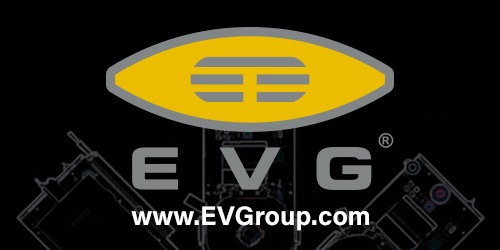
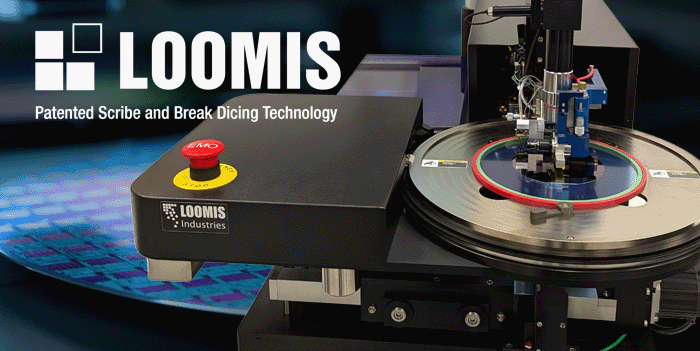

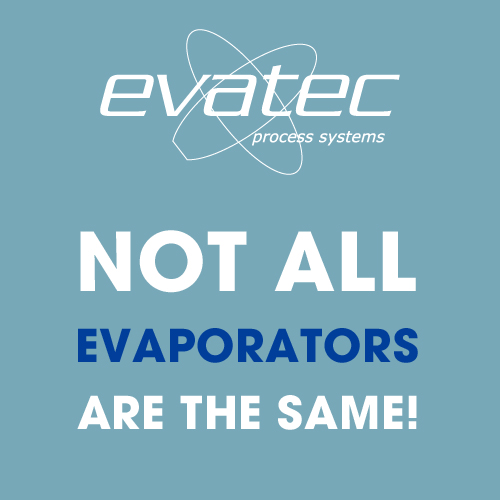
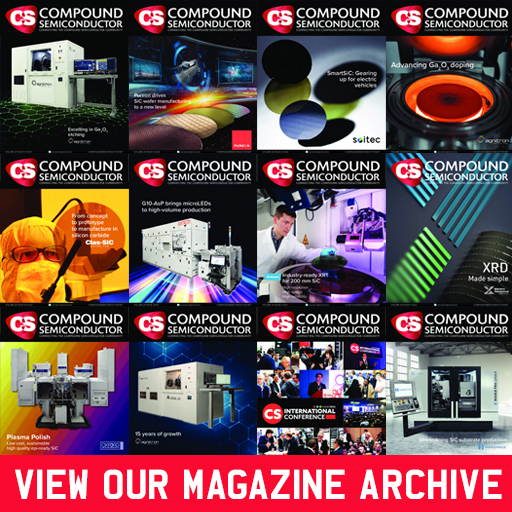











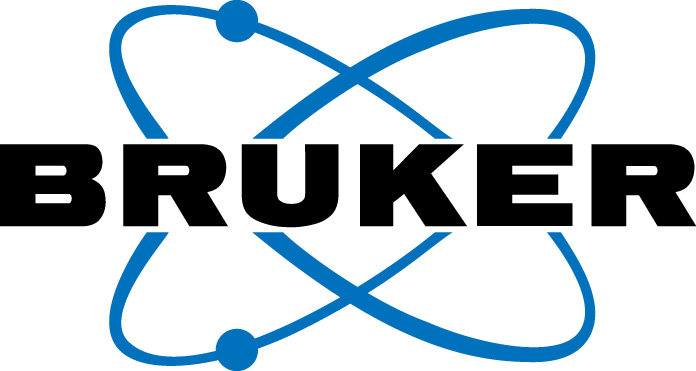

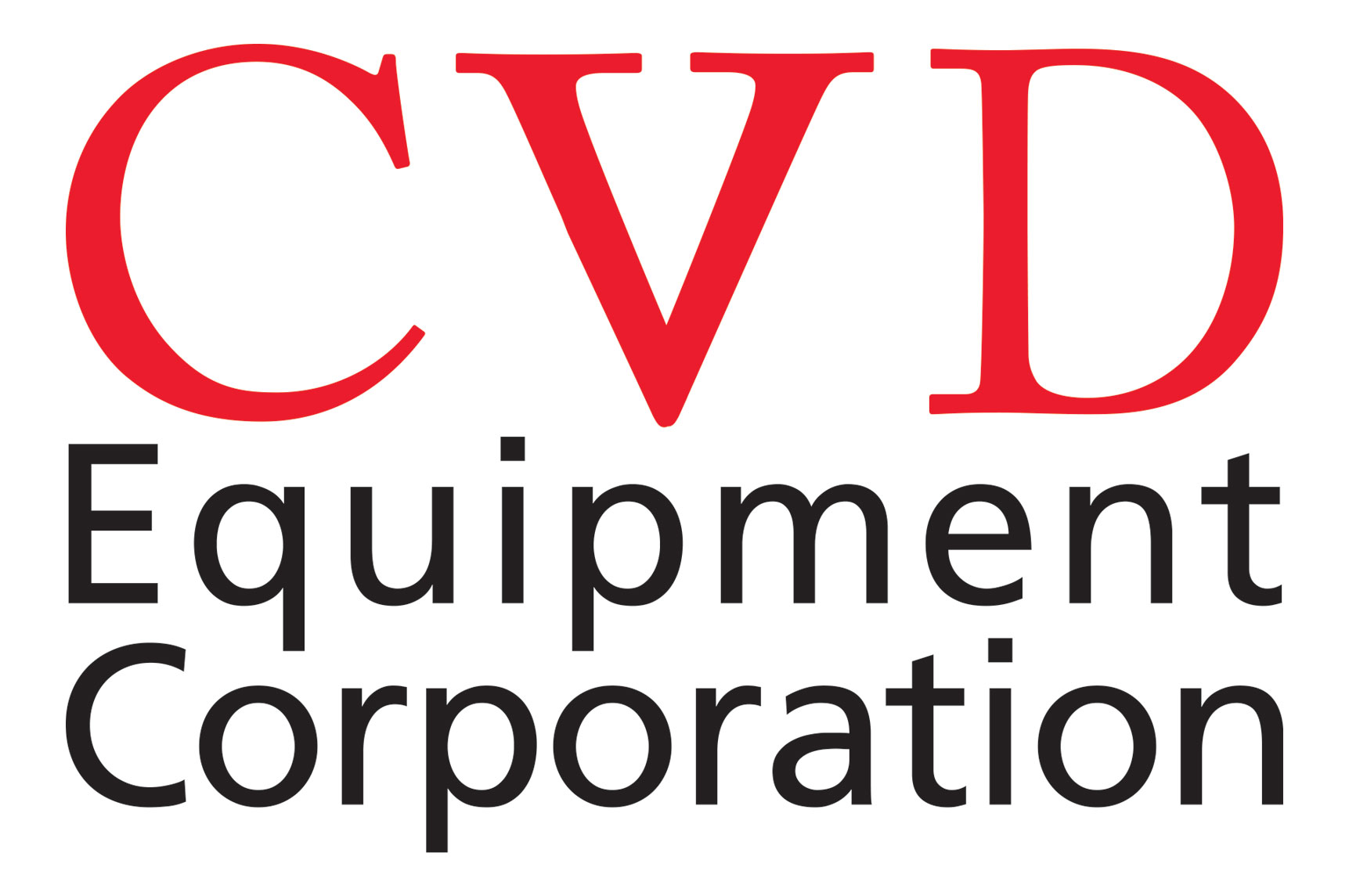

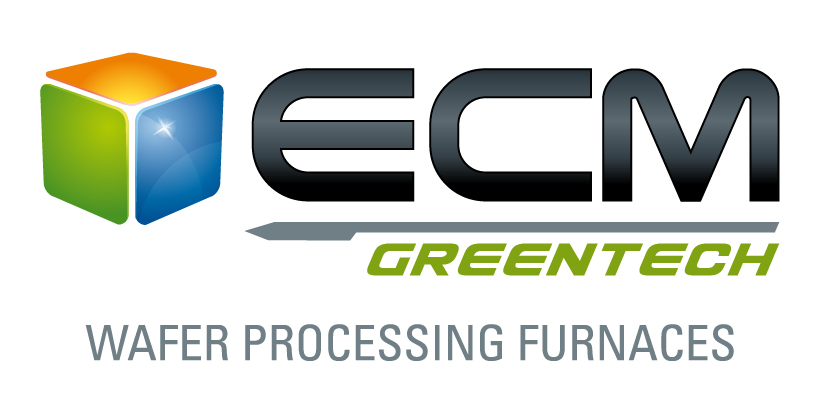



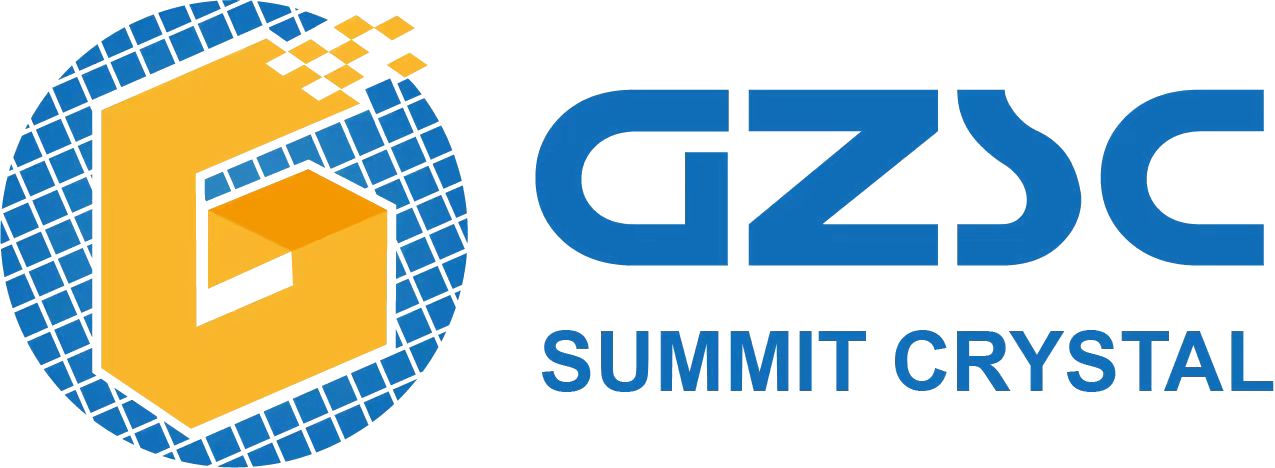




.jpeg)






